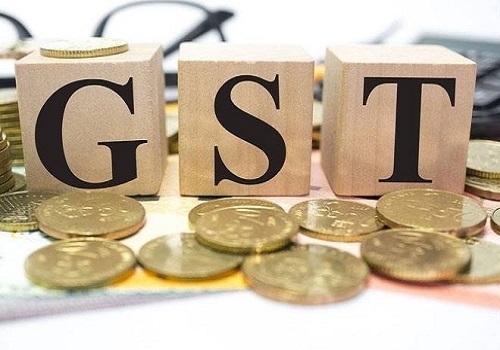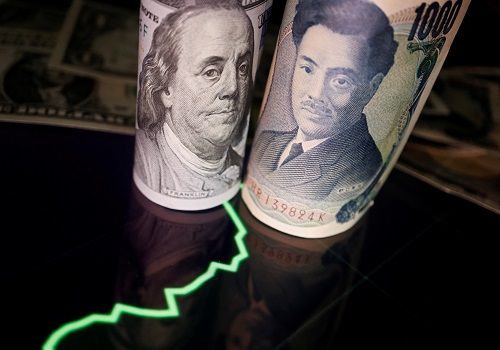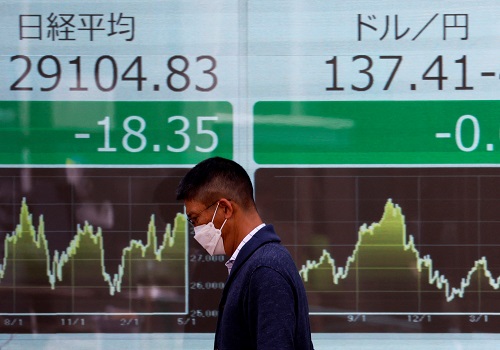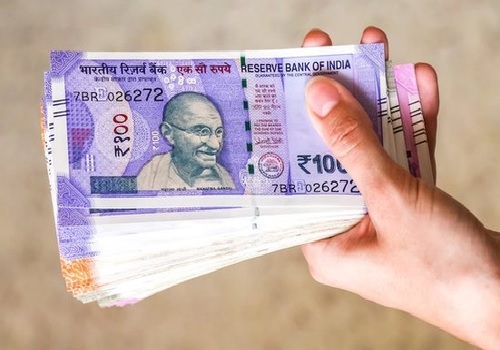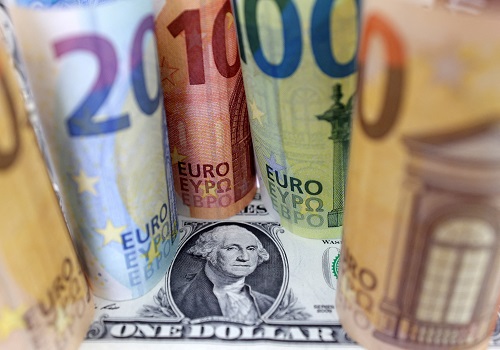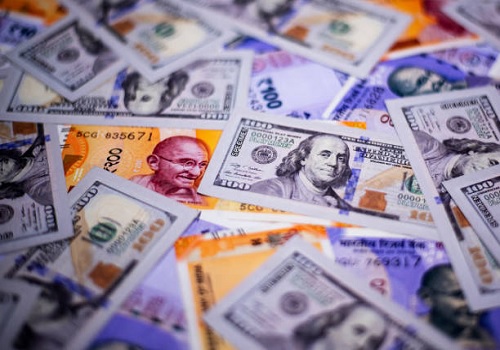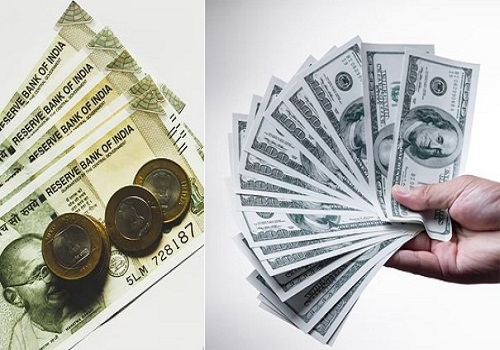Yen eyes first monthly gain since March; dollar headed for monthly loss
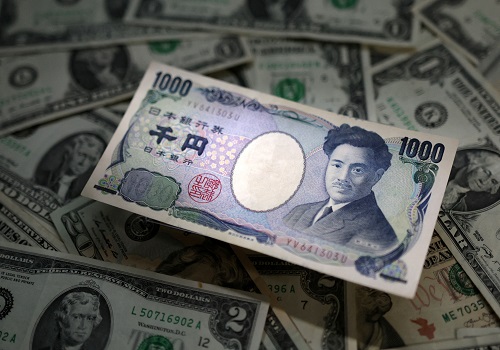
Follow us Now on Telegram ! Get daily 10 - 12 important updates on Business, Finance and Investment. Join our Telegram Channel
The yen fell on Monday, extending losses from a volatile session at the end of last week after the Bank of Japan (BOJ) loosened its grip on interest rates, but was still on track to reverse three consecutive months of declines.
Elsewhere in Asia, China's manufacturing activity fell for a fourth straight month in July, albeit at a slower pace, an official factory survey showed on Monday.
The yen was about 0.3% lower at 141.57 per dollar, but was headed to end July with a roughly 2% gain, its first monthly rise since March.
On Friday, the yen went into a tailspin as traders tried to determine the implications of the BOJ's move to maintain ultra-low rates while making its bond yield curve control (YCC) policy more flexible and loosening its defence of a long-term rate cap.
The dollar eventually ended the Friday session with a 1.2% gain against the Japanese currency, though that was after it had slid 1% to a session-low of 138.05 yen.
"The BOJ threw a curve ball into the market ... with its cosmetic change to YCC - in essence, it was a brilliant move by the central bank, and they've managed to bridge the volatility that would come with a straight change to a -/+ 1% range in the YCC band," said Chris Weston, head of research at Pepperstone.
"They've given themselves all the flexibility should they wish to tighten policy in the future without tidal waves in global bond markets."
The move could also have seismic implications for global money flows, since a cheap yen that has been inexpensive to borrow has been a mainstay of capital market funding for years and it now faces upward pressure from rising Japanese yields just as global rates seem to peak.
The offshore yuan meanwhile gained more than 0.2% to 7.1365 per dollar, with China's official purchasing managers' index (PMI) data reinforcing expectations that further stimulus measures from Chinese authorities are imminent.
The Australian dollar, which is often used as a liquid proxy for the yuan, was last 0.2% higher at $0.6661, while the kiwi gained 0.25% to $0.6168.
DOLLAR EYES MONTHLY LOSS
The U.S. dollar was headed for a monthly loss on the prospect that the Federal Reserve's aggressive rate-hike cycle - a key driver of the dollar's strength - could have concluded with last week's 25-basis-point increase.
The dollar index was last 0.11% higher at 101.72, but was eyeing a monthly decline of more than 1%, extending its loss to a second month.
Data on Friday showed that the annual U.S. inflation rate rose at its slowest pace in more than two years in June, with underlying price pressure receding, easing pressure on the Federal Open Market Committee (FOMC) to continue raising rates.
"All of the data continues to support a 'Goldilocks' scenario in the U.S. economy," said currency strategist Carol Kong at Commonwealth Bank of Australia (CBA).
"In the near term, the dollar might be heavy, weighed down by the market's view that the FOMC is done with its tightening cycle."
The euro rose 0.02% to $1.1017 and was eyeing a monthly gain of about 1%, though last week's European Central Bank policy meeting similarly raised the possibility of a rate pause in September.
Sterling was flat at $1.2849, ahead of the Bank of England's policy meeting this week where expectations are for a quarter-point rate hike.


.jpg)












